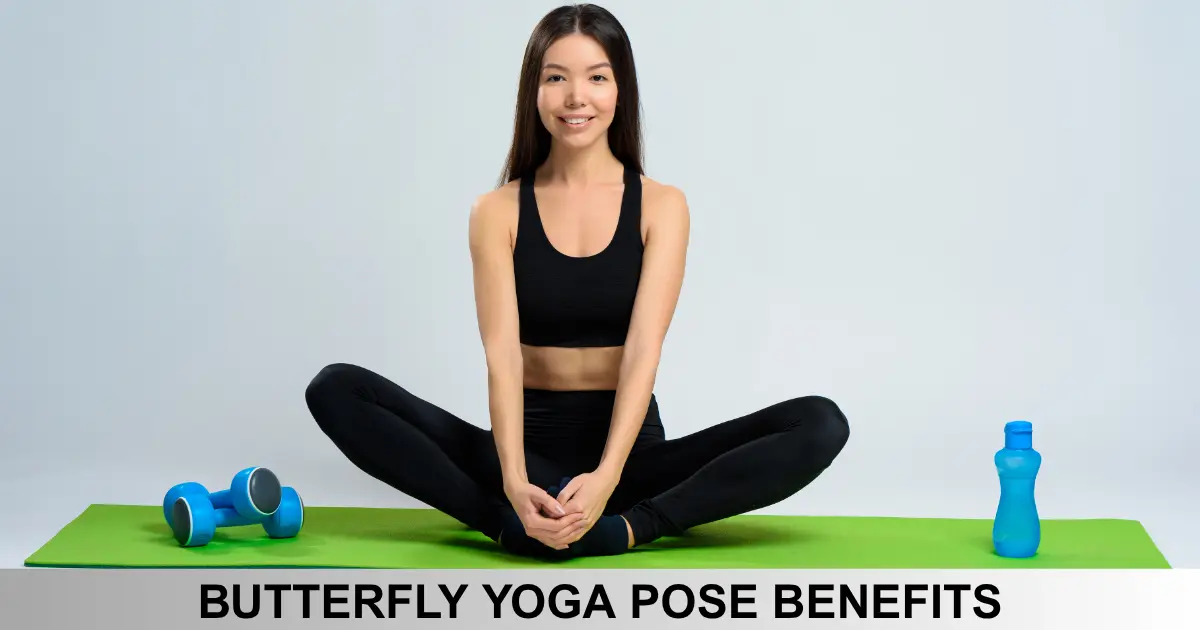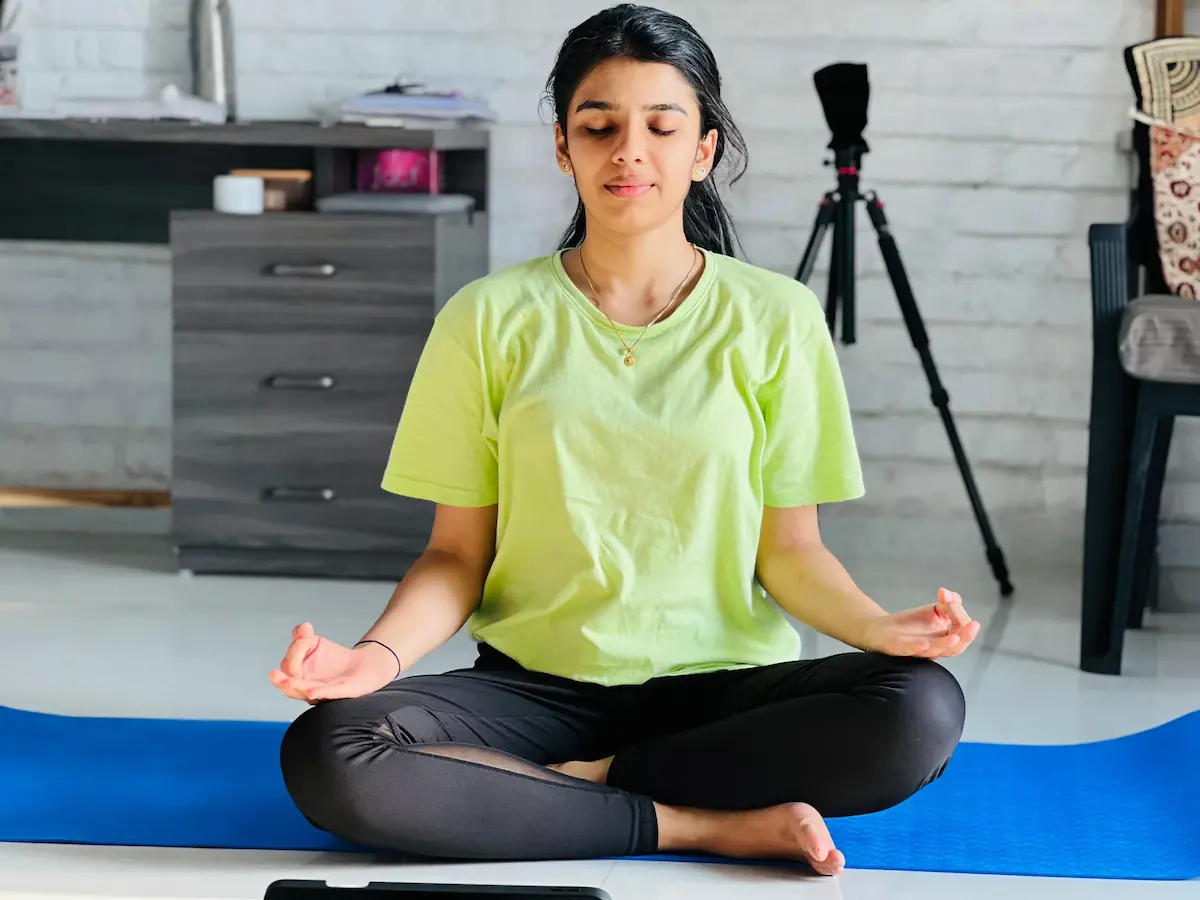Experience the rejuvenating effects of the Butterfly Pose a gentle, accessible yoga posture that opens the hips, strengthens the inner thighs, and soothes the mind. Also known as Bound Angle Pose or Cobbler’s Pose (Baddha Konasana), this asana offers a perfect blend of relaxation and mobility for every yoga practitioner.
Key Benefits of Butterfly Yoga Pose

- Improves Flexibility: Stretches inner thighs, hips, and groin muscles for better mobility.
- Eases Lower Back Pain: Relieves muscle tightness in the lower back region, helping to reduce aches and discomfort.
- Reduces Stress and Headaches: Releases tension throughout the back, neck, and head, promoting relaxation and easing headaches.
- Supports Pregnancy: Safe for prenatal yoga practice, it strengthens the pelvic floor, increases circulation, and helps prepare the body for childbirth.
- Strengthens Inner Thighs: Activates and tones thigh muscles, supporting better posture and stability.
- Relieves Hip Tension: Loosens tight hips and improves joint health, which is helpful for those who sit for extended periods.
Step-by-Step Guide: How to Perform Butterfly Pose
- Sit Comfortably: Begin seated on the floor or a firm cushion. Keep your spine straight and shoulders relaxed.
- Bring Soles Together: Bend your knees and bring the soles of your feet together, letting your knees drop outward.
- Hold Your Feet: Use your hands to gently hold your feet or ankles.
- Draw Feet In: Gently pull your feet closer to your pelvis as comfort allows to deepen the stretch.
- Flap the Knees: With elbows resting lightly on your thighs, softly press the knees toward the floor and flutter them up and down, like a butterfly’s wings.
- Focus on Breath: Inhale and exhale deeply throughout, allowing muscles to relax further on each exhale.
- Hold and Release: Maintain the pose for 1–5 minutes. To finish, extend your legs forward, lean back, and relax.
Tip:
If your hips or knees feel tight, place a folded blanket or cushion under your thighs for extra support.
Cautions and Modifications
- Those with groin or knee injuries should use extra support beneath the thighs and consult a yoga instructor.
- People with sciatica or certain hip conditions should avoid this pose or practice only under supervision.
- Always listen to your body and avoid forcing the knees excessively toward the ground.
- Why Your Mind Wanders During Meditation
- Beginner Yoga Poses for Stress Relief
- Yoga vs Gym: Which is Better for Mental Health?
Frequently Asked Questions (FAQ)
Is Butterfly Pose safe during pregnancy?
Yes, it’s generally safe and can be beneficial. However, pregnant individuals should consult their physician or a certified prenatal yoga instructor before practicing.
What should I do if my knees don’t touch the floor?
That’s perfectly normal. Use props like cushions or folded blankets to support your thighs and ease the stretch.
Can beginners try Butterfly Pose?
Absolutely. It’s beginner-friendly and can be modified as needed for comfort and ability.
How long should I hold Butterfly Pose?
Holding for 1–5 minutes is effective. Start slow and gradually increase duration as your flexibility improves.
What are some common mistakes in Butterfly Pose?
- Rounding the back or slouching
- Forcing knees down uncomfortably
- Holding your breath instead of breathing deeply
Does Butterfly Pose help with menstrual discomfort?
Yes, gently stretching the groin and hips can relieve tension often experienced during menstrual cycles.
Embrace the gentle stretch and calming energy of Butterfly Yoga Pose to enhance your practice, improve flexibility, and boost mental clarity. This simple yet powerful posture can become a cornerstone of your daily self-care routine.

